El Salvador, the smallest country in Central America, is a nation with a rich cultural heritage that reflects a history marked by indigenous roots, Spanish colonialism, and contemporary influences. Its culture is a captivating tapestry woven from the threads of historical legacies, indigenous traditions, art, cuisine, music, and the resilient spirit of its people. In this exploration of El Salvador’s culture, we will delve into its historical roots, diverse population, music, cuisine, art, and the unique identity that defines this vibrant nation.
Historical Roots:
El Salvador’s cultural heritage is deeply rooted in its history, which has been marked by a succession of civilizations and influences. Before the arrival of Spanish conquistadors in the early 16th century, the region was inhabited by indigenous peoples, including the Pipil, Lencas, and Xinca. The Pipil, in particular, had a significant influence on the country’s culture and language.
Spanish colonization introduced Catholicism, the Spanish language, and European customs, leaving a profound mark on the country’s traditions. El Salvador’s fight for independence from Spanish rule in the early 19th century was a pivotal moment in the nation’s history, with figures like José Matías Delgado leading the way to nationhood.
Cultural Diversity:
El Salvador’s cultural diversity is a reflection of its historical, geographic, and social complexity. The population is primarily mestizo, with a mix of indigenous and Spanish ancestry. However, the country is also home to various indigenous communities, including the Pipil, who continue to preserve their traditions and language. The Nahuat language, spoken by the Pipil, has influenced modern Salvadoran Spanish, with many Nahuat words integrated into the local lexicon.
Additionally, El Salvador has experienced waves of migration, with Salvadorans forming a significant diaspora in the United States and other countries. This transnational experience has contributed to the cultural richness and diversity of the nation.
Music and Dance:
Music and dance are at the heart of Salvadoran culture, reflecting a blend of indigenous, African, and Spanish influences. Cumbia, a popular music genre across Latin America, is celebrated in El Salvador. Traditional cumbia is characterized by its vibrant melodies and infectious rhythms, making it a staple at festivals and celebrations.
Another significant genre is Salvadoran folklore music, which includes dance forms like the danzón, the son, and the cumbia norteña. These dances are often performed at cultural events, and their intricate steps and colourful costumes showcase the fusion of indigenous and European elements.
The marimba, a wooden xylophone-like instrument, is an iconic component of Salvadoran music. Often featured in traditional bands, the marimba creates intricate and melodious sounds that are unique to the region.
Cuisine:
Salvadoran cuisine is a reflection of the country’s history and geography, with a focus on fresh and locally sourced ingredients. Maize is a staple in Salvadoran dishes, particularly in the form of tortillas, which are often used as a base for various meals. The pupusa, a thick corn tortilla stuffed with cheese, beans, or other fillings, is a beloved national dish.
Sopa de pata, a rich and hearty soup made from cow’s feet, is a traditional Salvadoran delicacy. Seafood, such as shrimp and fish, is abundant along the country’s coastline and is used in dishes like ceviche and mariscada, a seafood stew.
Salvadoran tamales are similar to those found in other Central American countries, with variations that include banana leaf-wrapped tamales filled with pork, vegetables, and spices. Additionally, the country’s tropical fruits, such as mango, papaya, and guanabana, are widely enjoyed in juices, smoothies, and desserts.
Art and Craftsmanship:
Salvadoran art and craftsmanship reflect the country’s cultural diversity and historical legacy. Indigenous communities create intricate textiles, pottery, and crafts that often incorporate traditional designs and bright colours. The town of Ilobasco is known for its intricately painted clay pottery, while the region of Chalatenango is famous for its handwoven textiles.
The country has produced notable artists like Fernando Llort, renowned for his naïve and vibrant paintings that often depict scenes of daily life in El Salvador. His art has played a significant role in promoting Salvadoran culture and identity.
Festivals and Traditions:
El Salvador hosts a variety of festivals and traditions that celebrate its cultural heritage and religious beliefs. The August Carnival in San Salvador is a lively and colorful celebration, featuring parades, music, dance, and traditional costumes. The celebration incorporates both indigenous and Catholic elements, showcasing the fusion of traditions that define Salvadoran culture.
The Day of the Cross (Día de la Cruz) is another important tradition, during which individuals decorate crosses with flowers and other offerings to pay homage to the Catholic faith. This tradition highlights the syncretic nature of Salvadoran culture.
Languages and Literature:
The official language of El Salvador is Spanish, and the country has a rich literary tradition. Salvadoran authors like Manlio Argueta and Claribel Alegría have made significant contributions to world literature. Their works often explore themes of identity, social issues, and the complexities of Salvadoran society.
Natural Beauty and Outdoor Activities:
El Salvador’s natural beauty offers numerous opportunities for outdoor activities and exploration. The country boasts diverse landscapes, from lush forests and volcanoes to pristine beaches and picturesque lakes. The Cerro Verde National Park, located in the western part of the country, offers excellent hiking and trekking opportunities, with stunning views of the Izalco and Santa Ana volcanoes.
El Salvador’s coastline along the Pacific Ocean is known for its excellent surfing conditions, making it a popular destination for surfers from around the world. The country’s volcanic lakes, such as Coatepeque and Ilopango, are ideal for water sports and relaxation.
Challenges and Opportunities:
El Salvador faces various challenges, including issues related to poverty, violence, and environmental concerns. Nevertheless, the country’s cultural richness, unique traditions, and natural beauty provide opportunities for sustainable tourism, economic development, and social progress. Initiatives that promote education, cultural preservation, and environmental conservation are essential for addressing these challenges.
In conclusion, Salvadoran culture is a vibrant tapestry of history, resilience, and rich traditions. The fusion of indigenous, European, and African influences has created a society that values its mixed heritage and celebrates it through music, dance, cuisine, and visual arts. Salvadorans are marked by their love for their homeland, their deep connection to their cultural traditions, and their ability to preserve their identity despite challenges. El Salvador’s culture remains a testament to the creativity and strength of its people, offering a captivating glimpse into a nation that continues to cherish its heritage and contribute to the cultural diversity of Central America and the world.
More information and reviews:
.- en.wikipedia.org -El Salvador Culture Link here.
.- Official page El Salvador Culture Link here.
.- Youtube.com El Salvador Culture Link here.
.- Feature Imagen by Canva Link here.


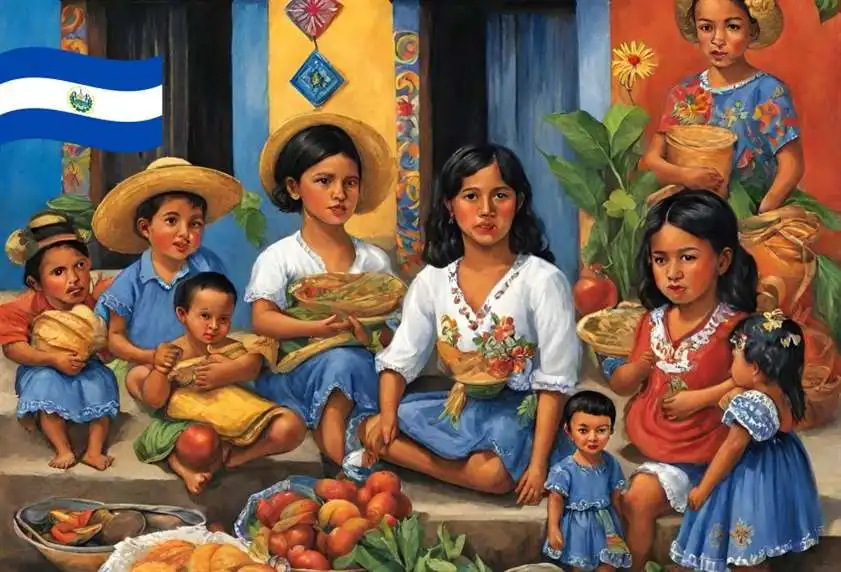
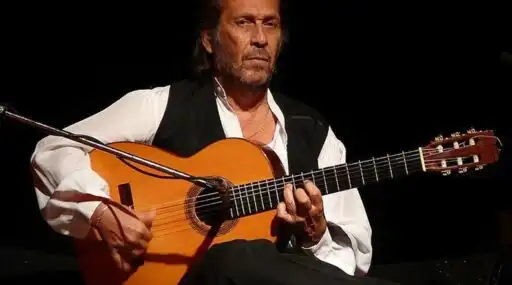
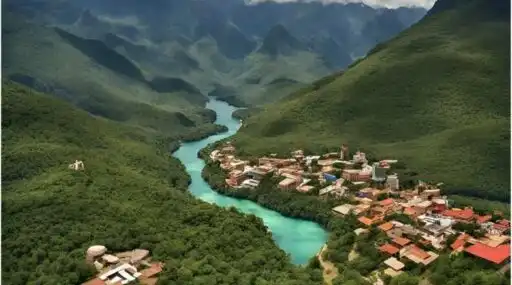
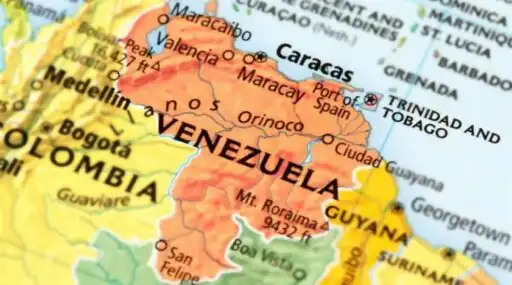

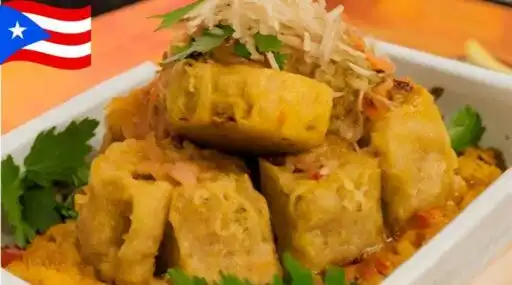
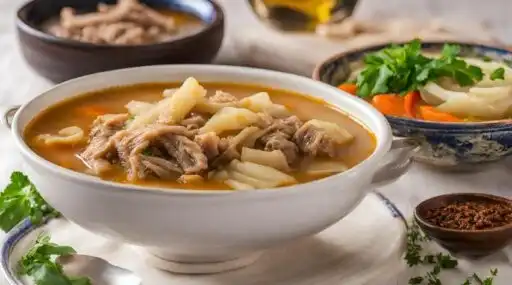
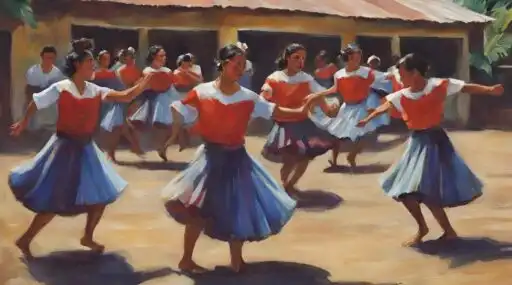
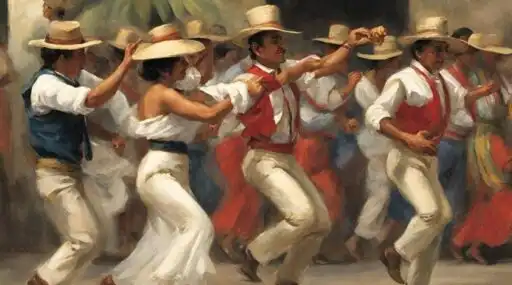
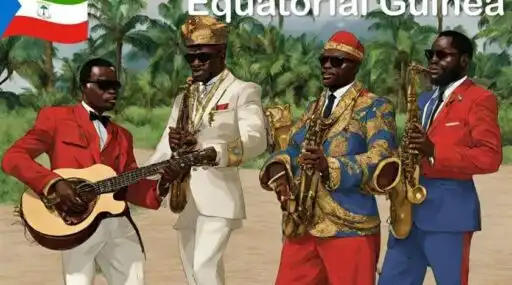
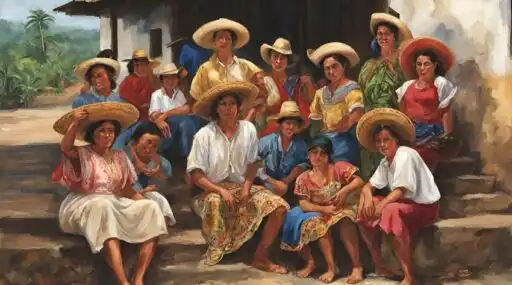


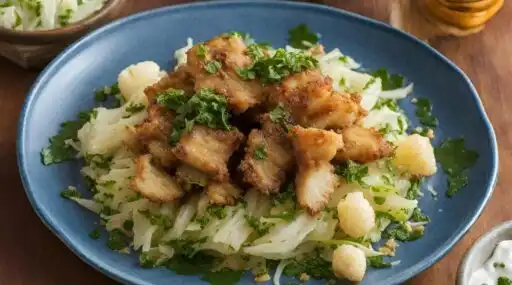
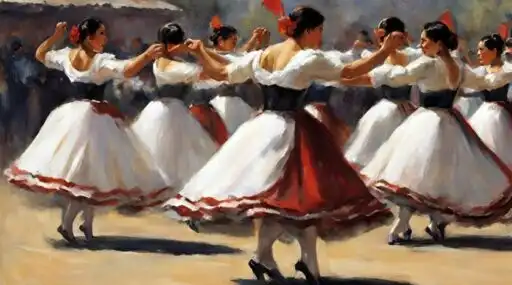
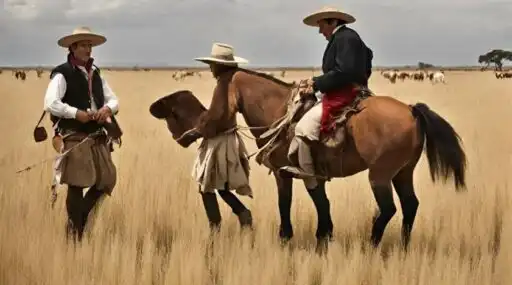
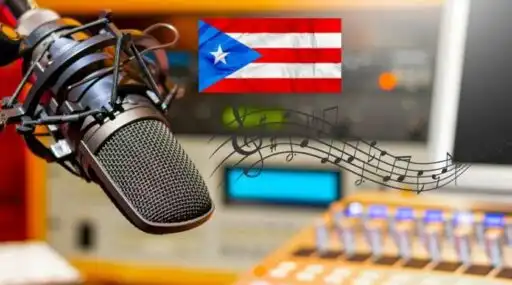

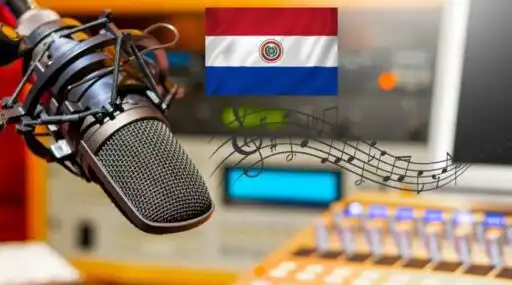
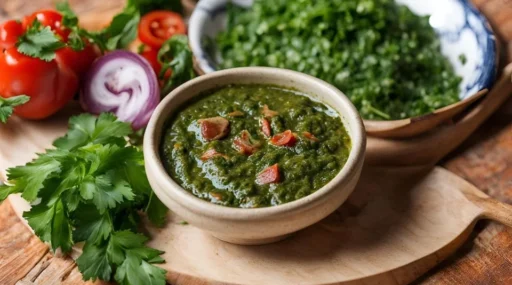
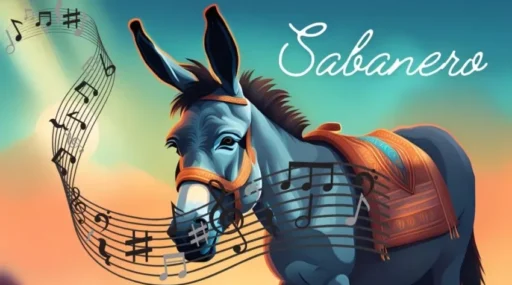

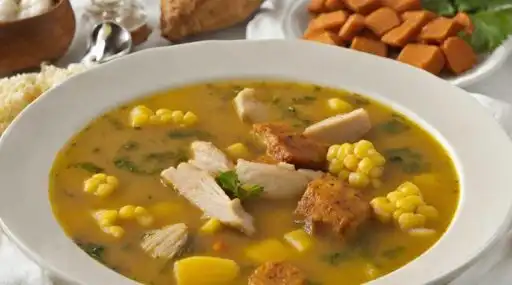
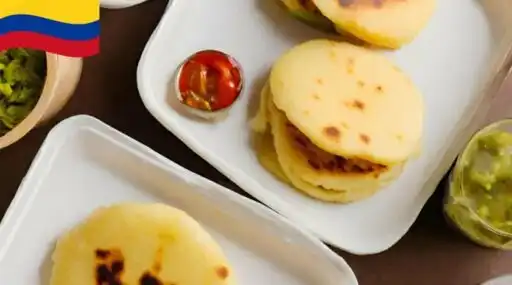
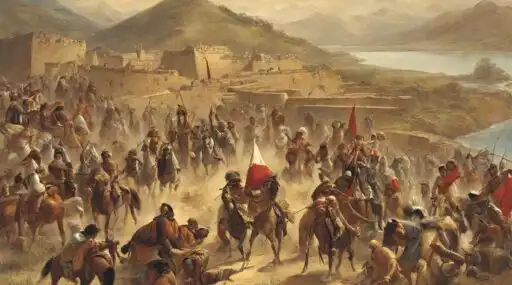
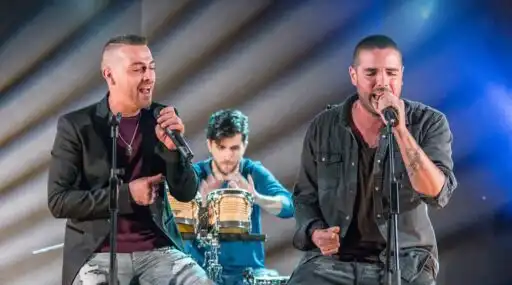
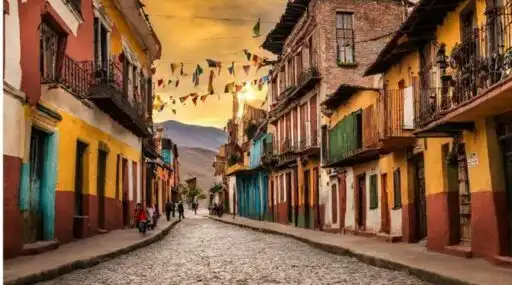
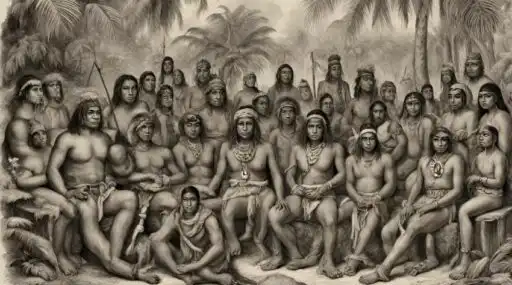

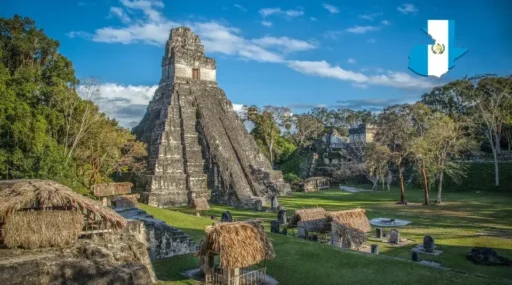
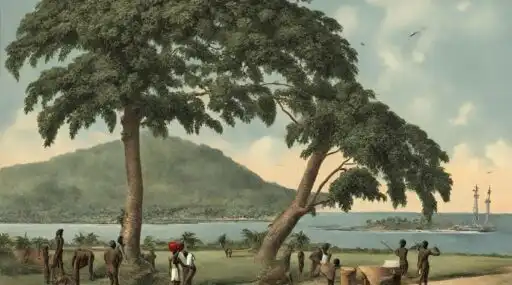
Leave a Reply